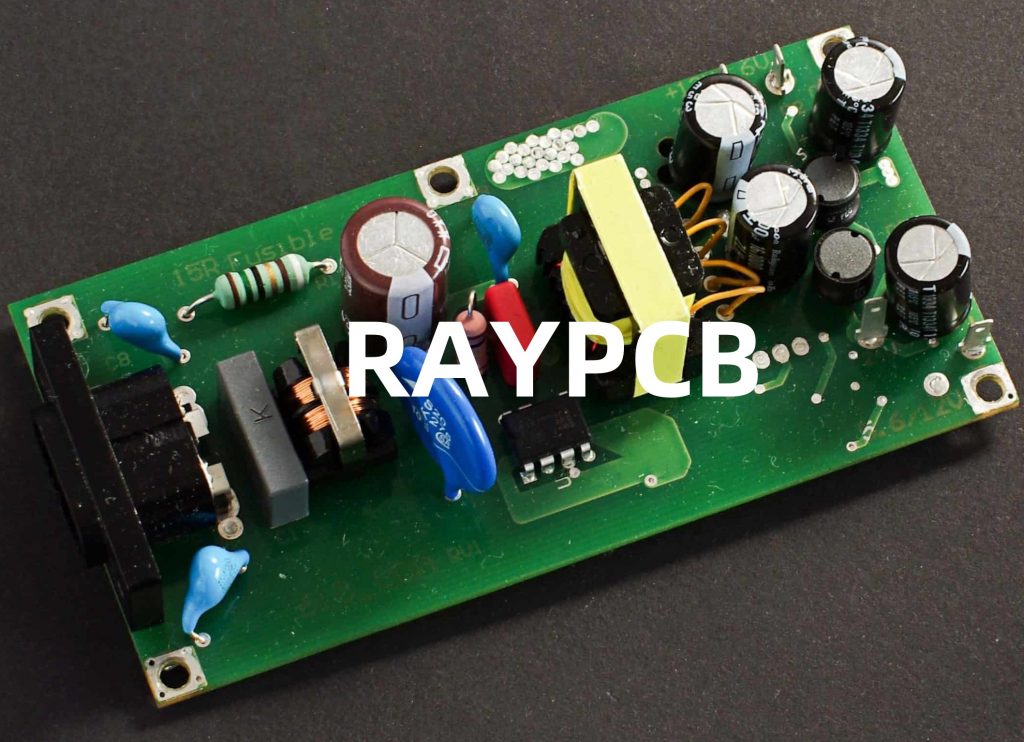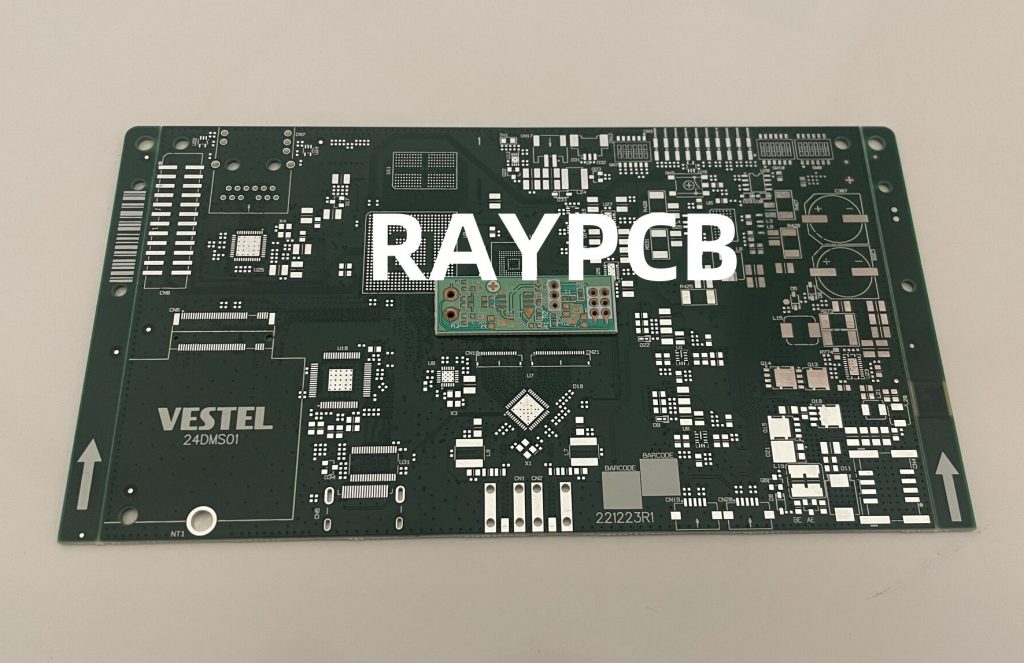Introduction to GNSS-LoRa Technology
Global Navigation Satellite System (GNSS) and Long Range (LoRa) technologies have revolutionized the way we track and monitor sports activities. GNSS-LoRa combines the precision of satellite navigation with the long-range, low-power capabilities of LoRa wireless communication, enabling innovative solutions for sports tracking. In this article, we will explore ten awesome things you should know about GNSS sports tracking with LoRa.
1. Accurate and Reliable Positioning
GNSS-LoRa technology leverages the accuracy of satellite navigation systems, such as GPS, GLONASS, and Galileo, to provide precise positioning data for sports tracking. By utilizing multiple satellite constellations, GNSS-LoRa devices can achieve high accuracy, even in challenging environments like dense urban areas or forested trails.
Benefits of Accurate Positioning in Sports Tracking
| Benefit | Description |
|---|---|
| Performance Analysis | Accurate positioning enables detailed analysis of an athlete’s performance, including speed, distance, and route taken. |
| Real-time Coaching | Coaches can provide real-time feedback and guidance to athletes based on their precise location and performance metrics. |
| Event Management | Organizers can track the location of participants in real-time, ensuring the smooth running of the event and enhancing safety measures. |

2. Long-Range Communication with LoRa
LoRa technology enables long-range wireless communication, making it ideal for sports tracking applications. With LoRa, GNSS-LoRa devices can transmit data over distances of several kilometers, depending on the environment and network configuration. This long-range capability allows for seamless tracking of athletes across vast areas, such as marathons, cycling races, or hiking trails.
LoRa Communication Range Comparison
| Environment | Typical Range |
|---|---|
| Urban | 2-5 km |
| Suburban | 5-10 km |
| Rural | 10-20 km |

3. Low Power Consumption
GNSS-LoRa devices are designed to operate with low power consumption, enabling long battery life and minimizing the need for frequent charging or battery replacements. This is particularly important for sports tracking applications, where athletes may be engaged in activities for extended periods without access to power sources.
Battery Life Comparison
| Device Type | Battery Life |
|---|---|
| GNSS-LoRa Tracker | Up to 1 week |
| Smartphone GPS App | 8-12 hours |
| Traditional GPS Watch | 24-48 hours |

4. Real-time Tracking and Monitoring
With GNSS-LoRa technology, real-time tracking and monitoring of athletes become possible. Coaches, team managers, and event organizers can access live data on the location, speed, and performance of athletes, enabling them to make informed decisions and provide timely support.
Real-time Tracking Benefits
- Improved Safety: Real-time tracking allows for quick response in case of emergencies or accidents.
- Enhanced Coaching: Coaches can provide immediate feedback and guidance based on real-time performance data.
- Spectator Engagement: Real-time tracking can be used to enhance the spectator experience, providing live updates on athlete positions and race progress.
5. Geofencing and Alerts
GNSS-LoRa technology enables the creation of virtual boundaries, known as geofences, around specific locations or routes. When an athlete enters or exits a geofenced area, alerts can be triggered, notifying coaches, team managers, or event organizers. This feature is particularly useful for ensuring athlete safety, monitoring compliance with course regulations, and managing logistics during events.
Geofencing Use Cases in Sports Tracking
- Course Compliance: Geofences can be set up along the designated route to ensure athletes stay on track.
- Checkpoint Monitoring: Alerts can be triggered when athletes reach specific checkpoints, aiding in timekeeping and progress tracking.
- Restricted Area Alerts: Geofences can be used to notify organizers if athletes enter restricted or hazardous areas.
6. Integration with Other Sensors
GNSS-LoRa devices can be integrated with various sensors to collect additional data on athlete performance and environmental conditions. Some common sensors used in sports tracking include:
- Heart Rate Monitors: Measure an athlete’s heart rate during activity, providing insights into exertion levels and cardiovascular health.
- Accelerometers: Track movement patterns, step counts, and activity intensity.
- Temperature Sensors: Monitor ambient temperature and heat stress, helping athletes and coaches make informed decisions about training and competition.
Sensor Data Integration Benefits
- Comprehensive Performance Analysis: Combining location data with sensor data provides a holistic view of an athlete’s performance.
- Injury Prevention: Monitoring heart rate and movement patterns can help identify potential overexertion or injury risks.
- Environmental Awareness: Temperature and weather data can be used to optimize training and competition strategies based on conditions.
7. Scalability and Network Capacity
GNSS-LoRa technology is designed to support large-scale deployments, making it suitable for tracking multiple athletes simultaneously. LoRa networks can accommodate thousands of devices, ensuring reliable communication even in high-density environments like mass participation events.
LoRa Network Capacity Comparison
| Network Type | Typical Capacity |
|---|---|
| LoRa | Thousands of devices |
| Bluetooth | Dozens of devices |
| Wi-Fi | Hundreds of devices |
8. Interoperability and Ecosystem Support
GNSS-LoRa technology benefits from a growing ecosystem of hardware and software solutions. Many manufacturers offer GNSS-LoRa devices, such as trackers, gateways, and antennas, providing options for different sports tracking applications. Additionally, various software platforms and cloud services support GNSS-LoRa data processing, visualization, and analysis, enabling seamless integration with existing systems.
GNSS-LoRa Ecosystem Components
- Hardware Devices: Trackers, gateways, antennas
- Software Platforms: Network servers, device management tools, data visualization dashboards
- Cloud Services: Data storage, processing, and analytics
9. Cost-effectiveness and Accessibility
Compared to traditional GPS tracking solutions, GNSS-LoRa technology offers a cost-effective alternative for sports tracking. The long-range capabilities of LoRa reduce the need for dense network infrastructure, lowering deployment and maintenance costs. Moreover, the low power consumption of GNSS-LoRa devices translates to longer battery life, reducing the frequency of battery replacements and associated costs.
Cost Comparison: GNSS-LoRa vs. Traditional GPS Tracking
| Solution | Infrastructure Cost | Device Cost | Maintenance Cost |
|---|---|---|---|
| GNSS-LoRa | Low | Moderate | Low |
| Traditional GPS | High | High | Moderate |
10. Future Developments and Innovations
As GNSS-LoRa technology continues to evolve, new possibilities emerge for sports tracking applications. Some potential future developments include:
- Integrated Wearables: GNSS-LoRa technology can be embedded into wearable devices, such as smart clothing or accessories, for seamless and unobtrusive tracking.
- AI-powered Analytics: Combining GNSS-LoRa data with artificial intelligence and machine learning algorithms can enable advanced performance analysis, injury risk assessment, and personalized coaching.
- Augmented Reality Integration: Merging GNSS-LoRa tracking with augmented reality technology can enhance the spectator experience, providing immersive and interactive ways to follow live events.
Frequently Asked Questions (FAQ)
- What is the range of GNSS-LoRa tracking devices?
The range of GNSS-LoRa tracking devices depends on various factors, such as the environment, network configuration, and device specifications. In open areas with minimal obstructions, LoRa communication can reach distances of up to 20 kilometers or more. In urban environments, the range may be reduced to a few kilometers due to building and infrastructure density. - Can GNSS-LoRa devices be used for indoor sports tracking?
While GNSS-LoRa technology is primarily designed for outdoor tracking, it can be used for indoor sports tracking with certain limitations. Indoor environments may require additional infrastructure, such as LoRa gateways or beacons, to ensure reliable communication and positioning. Additionally, the accuracy of GNSS positioning may be reduced indoors due to signal attenuation and multipath effects. - How long do the batteries last in GNSS-LoRa tracking devices?
The battery life of GNSS-LoRa tracking devices varies depending on factors such as the device configuration, transmission frequency, and environmental conditions. Typically, GNSS-LoRa devices are designed for low power consumption, enabling battery life ranging from several days to weeks or even months, depending on the specific use case and device settings. - Are GNSS-LoRa tracking solutions compatible with existing sports tracking software?
Many GNSS-LoRa tracking solutions offer compatibility with existing sports tracking software through APIs, SDKs, or standard data formats. This allows for seamless integration of GNSS-LoRa data into existing performance analysis tools, visualization platforms, and coaching applications. However, it’s important to check the specific compatibility requirements of the GNSS-LoRa solution and the software ecosystem being used. - How secure is the data transmitted by GNSS-LoRa tracking devices?
GNSS-LoRa technology incorporates various security measures to protect the data transmitted by tracking devices. LoRa communication employs encryption techniques to ensure data confidentiality and integrity. Additionally, secure protocols and best practices, such as secure device provisioning, secure key management, and secure data storage, are implemented to safeguard sensitive information and prevent unauthorized access.
Conclusion
GNSS-LoRa technology has transformed sports tracking by combining the accuracy of satellite navigation with the long-range, low-power capabilities of LoRa wireless communication. From accurate positioning and real-time monitoring to geofencing and sensor integration, GNSS-LoRa offers a wide range of benefits for athletes, coaches, and event organizers. As the technology continues to evolve, new possibilities emerge for enhancing performance analysis, injury prevention, and spectator engagement in sports tracking applications.

No responses yet